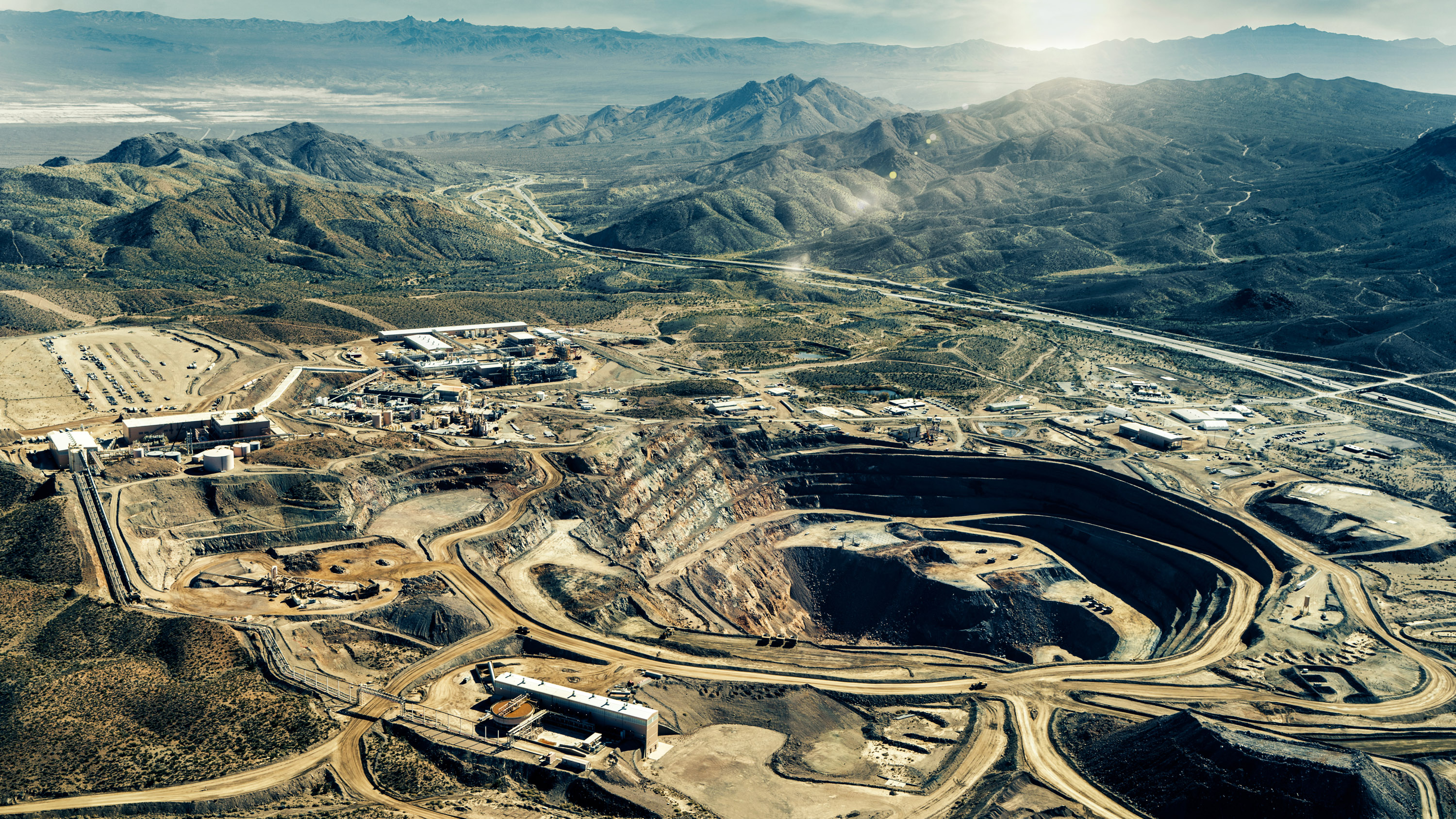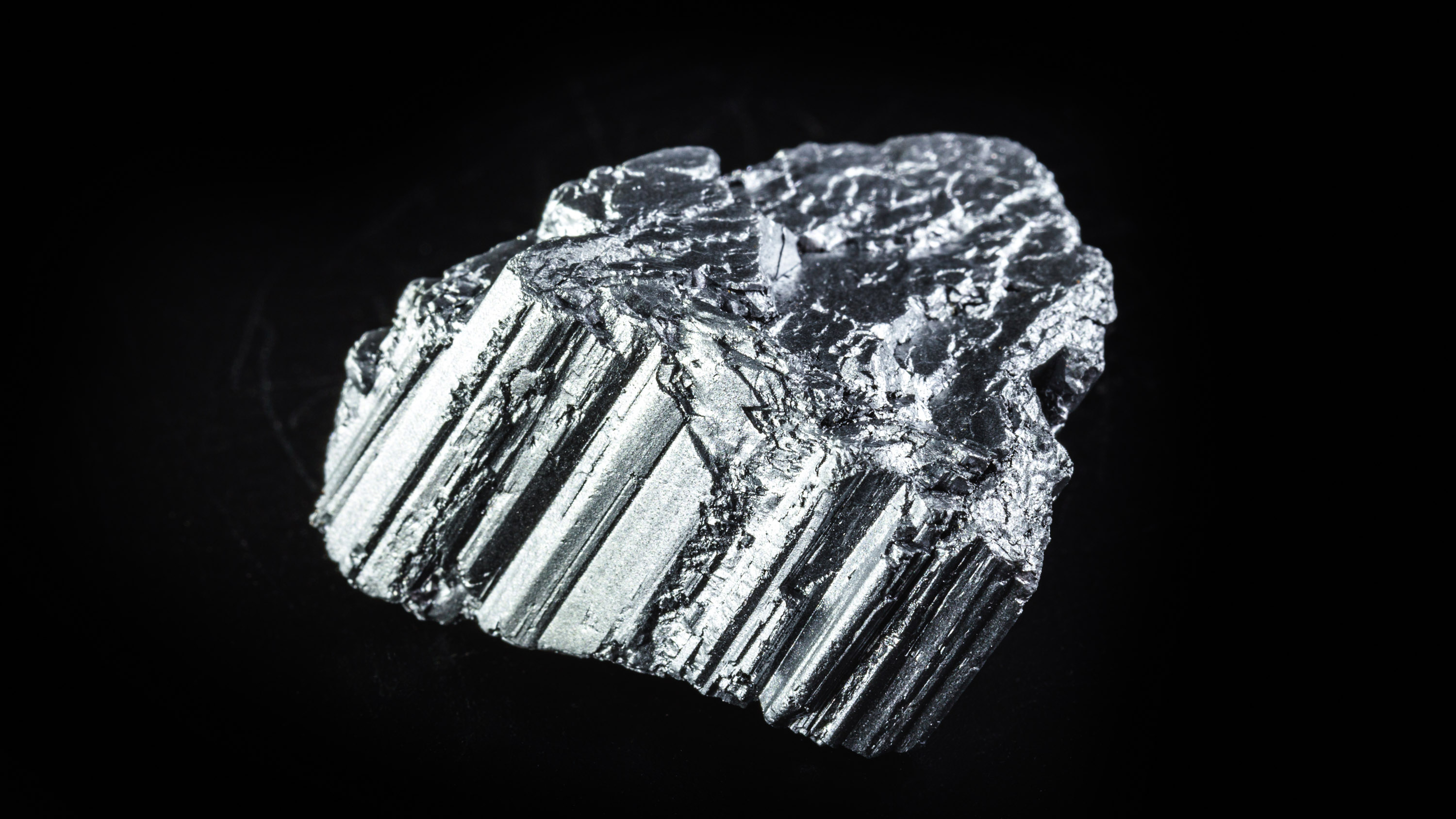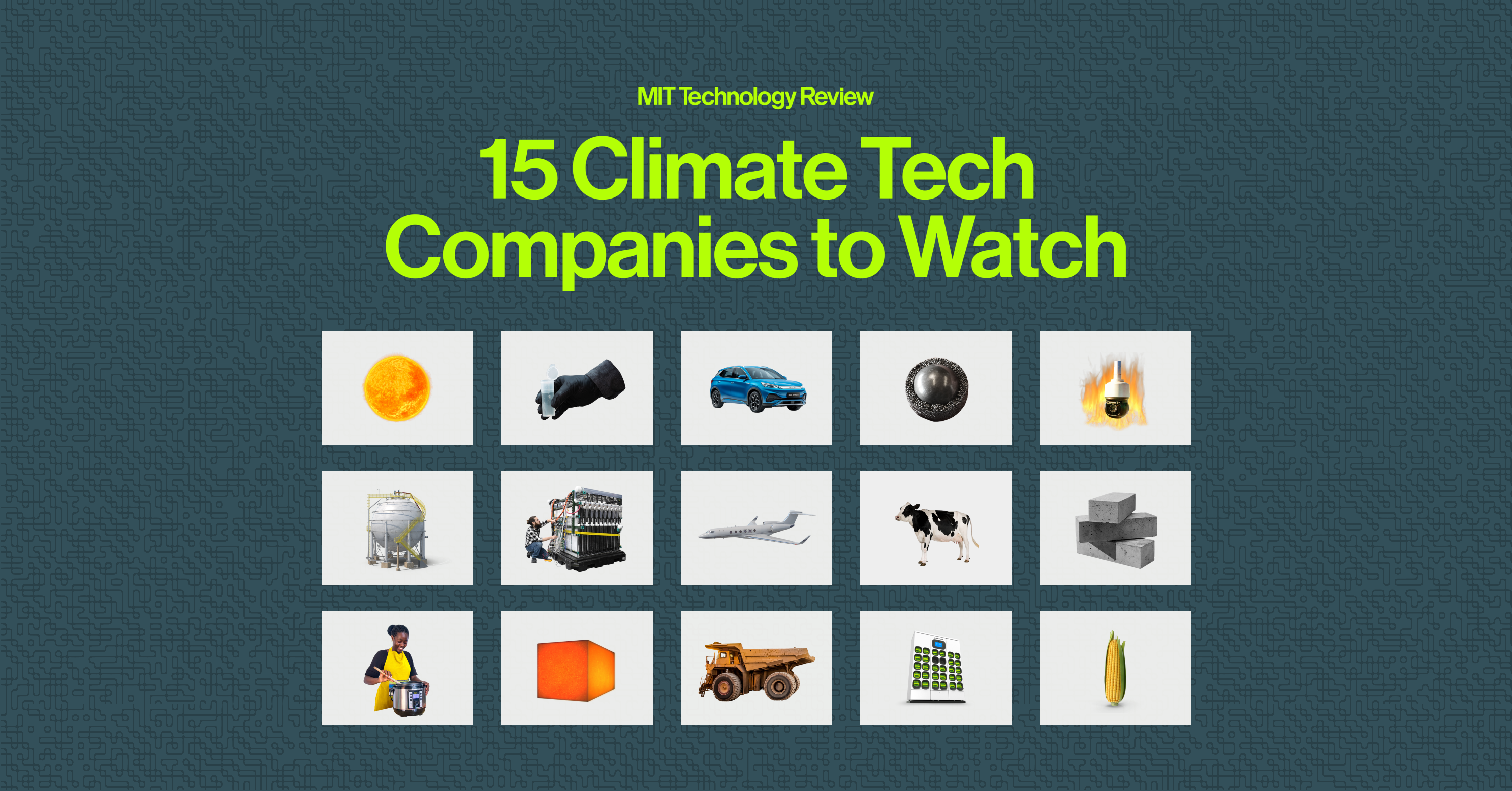Why artificial intelligence and clean energy need each other
A geopolitical battle is raging over the future of AI. The key to winning it is a clean-energy revolution.

We are in the early stages of a geopolitical competition for the future of artificial intelligence. The winners will dominate the global economy in the 21st century.
But what’s been too often left out of the conversation is that AI’s huge demand for concentrated and consistent amounts of power represents a chance to scale the next generation of clean energy technologies. If we ignore this opportunity, the United States will find itself disadvantaged in the race for the future of both AI and energy production, ceding global economic leadership to China.
To win the race, the US is going to need access to a lot more electric power to serve data centers. AI data centers could add the equivalent of three New York Cities’ worth of load to the grid by 2026, and they could more than double their share of US electricity consumption—to 9%—by the end of the decade. Artificial intelligence will thus contribute to a spike in power demand that the US hasn’t seen in decades; according to one recent estimate, that demand—previously flat—is growing by around 2.5% per year, with data centers driving as much as 66% of the increase.
Energy-hungry advanced AI chips are behind this growth. Three watt-hours of electricity are required for a ChatGPT query, compared with just 0.3 watt-hours for a simple Google search. These computational requirements make AI data centers uniquely power dense, requiring more power per server rack and orders of magnitude more power per square foot than traditional facilities. Sam Altman, CEO of OpenAI, reportedly pitched the White House on the need for AI data centers requiring five gigawatts of capacity—enough to power over 3 million homes. And AI data centers require steady and reliable power 24 hours a day, seven days a week; they are up and running 99.999% of the year.
The demands that these gigawatt-scale users are placing on the electricity grid are already accelerating far faster than we can expand the physical and political structures that support the development of clean electricity. There are over 1,500 gigawatts of capacity waiting to connect to the grid, and the time to build transmission lines to move that power now stretches into a decade. One illustration of the challenges involved in integrating new power sources: The biggest factor delaying Constellation’s recently announced restart of the Three Mile Island nuclear plant isn’t the facility itself but the time required to connect it to the grid.
The reflexive response to the challenge of scaling clean-electricity supply has been to pose a false choice: cede the United States’ advantage in AI or cede our commitment to clean energy. This logic argues that the only way to meet the growing power demands of the computing economy will involve the expansion of legacy energy resources like natural gas and the preservation of coal-fired power plants.
The dire ecological implications of relying on more fossil fuels are clear. But the economic and security implications are just as serious. Further investments in fossil fuels threaten our national competitiveness as other countries leap ahead in the clean technologies that present the next generation of economic opportunity—markets measured in the trillions.
The reality is that the unprecedented scale and density of power needed for AI require a novel set of generation solutions, able to deliver reliable power 24-7 in ever increasing amounts. While advocates for legacy fuels have historically pointed to the variability of renewables, power sources that require massive, distributed, and disruptable fuel supplies like natural gas are also not the answer. In Texas, natural-gas plants accounted for 70% of outages after a severe winter storm in late 2022. As climate change intensifies, weather-related disruptions are only likely to increase.
Rather than seeing a choice between AI competitiveness and climate, we see AI’s urgent demand for power density as an opportunity to kick-start a slew of new technologies, taking advantage of new buyers and new market structures—positioning the US to not only seize the AI future but create the markets for the energy-dense technologies that will be needed to power it.
Data centers’ incessant demand for computing power is best matched to a set of novel sources of clean, reliable power that are currently undergoing rapid innovation. Those include advanced nuclear fission that can be rapidly deployed at small scale and next-generation geothermal power that can be deployed anywhere, anytime. One day, the arsenal could include nuclear fusion as a source of nearly limitless clean energy. These technologies can produce large amounts of energy in relatively small footprints, matching AI’s demand for concentrated power. They have the potential to provide stable, reliable baseload power matched to AI data centers’ 24-7 operations. While some of these technologies (like fusion) remain in development, others (like advanced fission and geothermal energy) are ready to deploy today.
AI’s power density requirements similarly necessitate a new set of electricity infrastructure enhancements—like advanced conductors for transmission lines that can move up to 10 times as much power through much smaller areas, cooling infrastructure that can address the heat of vast quantities of energy-hungry chips humming alongside one another, and next-generation transformers that enable the efficient use of higher-voltage power. These technologies offer significant economic benefits to AI data centers in the form of increased access to power and reduced latency, and they will enable the rapid expansion of our 20th-century electricity grid to serve 21st-century needs.
Moreover, the convergence of AI and energy technologies will allow for faster development and scaling of both sectors. Across the clean-energy sector, AI serves as a method of invention, accelerating the pace of research and development for next-generation materials design. It is also a tool for manufacturing, reducing capital intensity and increasing the pace of scaling. Already, AI is helping us overcome barriers in next-generation power technologies. For instance, Princeton researchers are using it to predict and avoid plasma instabilities that have long been obstacles to sustained fusion reactions. In the geothermal and mining context, AI is accelerating the pace and driving down the cost of commercial-grade resource discovery and development. Other firms use AI to predict and optimize performance of power plants in the field, greatly reducing the capital intensity of projects.
Historically, deployment of novel clean energy technologies has had to rely on utilities, which are notoriously slow to adopt innovations and invest in first-of-a-kind commercial projects. Now, however, AI has brought in a new source of capital for power-generation technologies: large tech companies that are willing to pay a premium for 24-7 clean power and are eager to move quickly.
These “new buyers” can build additional clean capacity in their own backyards. Or they can deploy innovative market structures to encourage utilities to work in new ways to scale novel technologies. Already, we are seeing examples, such as the agreement between Google, the geothermal developer Fervo, and the Nevada utility NV Energy to secure clean, reliable power at a premium for use by data centers. The emergence of these price-insensitive but time-sensitive buyers can accelerate the deployment of clean energy technologies.
The geopolitical implications of this nexus between AI and climate are clear: The socioeconomic fruits of innovation will flow to the countries that win both the AI and the climate race.
The country that is able to scale up access to reliable baseload power will attract AI infrastructure in the long-run—and will benefit from access to the markets that AI will generate. And the country that makes these investments first will be ahead, and that lead will compound over time as technical progress and economic productivity reinforce each other.
Today, the clean-energy scoreboard tilts toward China. The country has commissioned 37 nuclear power plants over the last decade, while the United States has added two. It is outspending the US two to one on nuclear fusion, with crews working essentially around the clock on commercializing the technology. Given that the competition for AI supremacy boils down to scaling power density, building a new fleet of natural-gas plants while our primary competitor builds an arsenal of the most power-dense energy resources available is like bringing a knife to a gunfight.
The United States and the US-based technology companies at the forefront of the AI economy have the responsibility and opportunity to change this by leveraging AI’s power demand to scale the next generation of clean energy technologies. The question is, will they?
Michael Kearney is a general partner at Engine Ventures, a firm that invests in startups commercializing breakthrough science and engineering. Lisa Hansmann is a principal at Engine Ventures and previously served as special assistant to the president in the Biden administration, working on economic policy and implementation.
Deep Dive
Climate change and energy

This rare earth metal shows us the future of our planet’s resources
The story of neodymium reveals many of the challenges we’ll likely face across the supply chain in the coming century and beyond.

Andrew Ng’s new model lets you play around with solar geoengineering to see what would happen
The climate emulator invites you to explore the controversial climate intervention. I gave it a whirl.

Want to understand the future of technology? Take a look at this one obscure metal.
Here’s what neodymium can tell us about the next century of material demand.
Stay connected
Get the latest updates from
MIT Technology Review
Discover special offers, top stories, upcoming events, and more.
